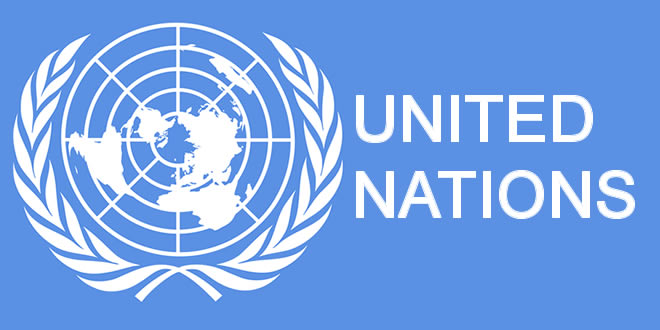
In recent weeks, Category 5 hurricanes have brought normal life to a standstill for millions in the Caribbean and on the American mainland. Harvey, Irma and Maria have been particularly damaging, United Nations Information Center in Tehran wrote in an article on Sunday.
The 3.4 million inhabitants of Puerto Rico have been scrambling for basic necessities, including food and water, the island of Barbuda has been rendered uninhabitable, and dozens of people are missing or dead on the UNESCO world heritage island of Dominica, the report said.
The impact is not confined to this region. The record floods across Bangladesh, India and Nepal have made life miserable for some 40 million people. More than 1,200 people have died and many people have lost their homes, crops have been destroyed, and many workplaces have been inundated. Meanwhile, in Africa, over the last 18 months 20 countries have declared drought emergencies, with major displacement taking place across the Horn region, pointed out the report.
For those countries that are least developed the impact of disasters can be severe, stripping away livelihoods and progress on health and education; for developed and middle-income countries the economic losses from infrastructure alone can be massive; for both, these events reiterate the need to act on a changing climate that threatens only more frequent and more severe disasters, it said.
A (shocking) sign of things to come?
The effects of a warmer climate on these recent weather events, both their severity and their frequency, has been revelatory for many, even the overwhelming majority that accept the science is settled on human-caused global warming.
While the silent catastrophe of 4.2 million people dying prematurely each year from ambient pollution, mostly related to the use of fossil fuels, gets relatively little media attention, the effect of heat-trapping greenhouse gases on extreme weather events is coming into sharper focus, said the report.
It could not be otherwise when the impacts of these weather events are so profound. During the last two years over 40 million people, mainly in countries which contribute least to global warming, were forced either permanently or temporarily from their homes by disasters.
There is clear consensus: rising temperatures are increasing the amount of water vapor in the atmosphere, leading to more intense rainfall and flooding in some places, and drought in others. Some areas experience both, as was the case this year in California, where record floods followed years of intense drought, the report said.
TOPEX/Poseidon, the first satellite to precisely measure rising sea levels, was launched two weeks before Hurricane Andrew made landfall in Florida 25 years ago. Those measurements have observed a global increase of 3.4 millimeters per year since then; that’s a total of 85 millimeters over 25 years, or 3.34 inches.
Rising and warming seas are contributing to the intensity of tropical storms worldwide. We will continue to live with the abnormal and often unforeseen consequences of existing levels of greenhouse gases in the atmosphere, for many, many years to come, the report said.
In 2009, Swiss Re published a case study focused on Miami-Dade, Broward and Palm Beach Counties, which envisaged a moderate sea level rise scenario for the 2030s which matches what has already taken place today. If a storm on the scale of Andrew had hit this wealthy corner of the US today, the economic damage would range from US$ 100 billion to US$ 300 billion.
Now the estimates suggest that the economic losses from Harvey, Irma and Maria could surpass those numbers.
1430**2050
Follow us on Twitter @IrnaEnglish
 solhkhabar | Peace International News Agency Peace International News Agency , Peace News , International Agency News of Peace
solhkhabar | Peace International News Agency Peace International News Agency , Peace News , International Agency News of Peace